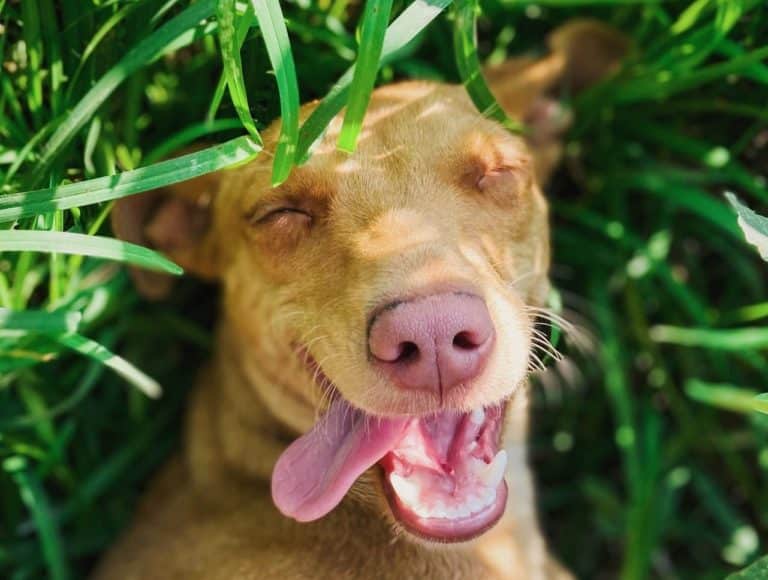What is an occiput?
The occiput refers to the back and lower part of the skull. It is the ‘bump’ or ‘point’ at the back of the head in dogs, and is more pronounced in certain breeds compared to others. It exists in all dogs. Some nicknames for this bump include ‘knowledge bump’, ‘intelligence knot’ and ‘wisdom bump’. As you can probably guess from the names, it was thought to be related to a dog’s level of intelligence.
What does the occiput do?
The occiput forms part of a dog’s skull, and one purpose is to protect the brain. The bone also extends down where it articulates with the neck. Muscles in this region and the occiput all help with head rotation and movement in dogs. Additionally, the occiput contains nerve endings which can affect a dog’s fight or flight response. In canine therapeutic massage, massaging this area can have a calming effect for dogs.

Which breeds have more pronounced occiputs?
Depending on the breed of your dog, you may not notice the occiput at all. However, if you own a Labrador Retriever, Boxer, Bloodhound, Golden Retriever or Basset Hound you may find it very obvious. In fact, apart from the bump being associated with intelligence, it was also thought to be associated with a dog’s sense of smell. This was because Bloodhounds tend to have more pronounced occiputs and a powerful scent tracing ability.
Why is my dog’s occiput getting bigger?
Dogs can grow for up to the first 1 to 2 years in their lives, depending on breed. As such, you may notice changes in your dog’s occiput during this time.
As the occiput is surrounded by muscles, muscle wasting away from a medical condition can also reveal the occiput and make it look more prominent. Furthermore, as the occiput can protrude from the skull in many breeds, it can be easily knocked or bumped – leading to swelling, bruising and possible head injuries.
What to do if my dog’s occiput is getting bigger?
While most of the time occiput changes are normal during a dog’s growth phase, if you notice any drastic changes in size or shape during this time – or any changes after your dog has reached full growth – you should notify your vet immediately.
If there are signs of muscle wastage (also called muscle atrophy) around the occiput, or you notice swelling due to an injury, it’s also important to get your dog checked out by a veterinarian.




